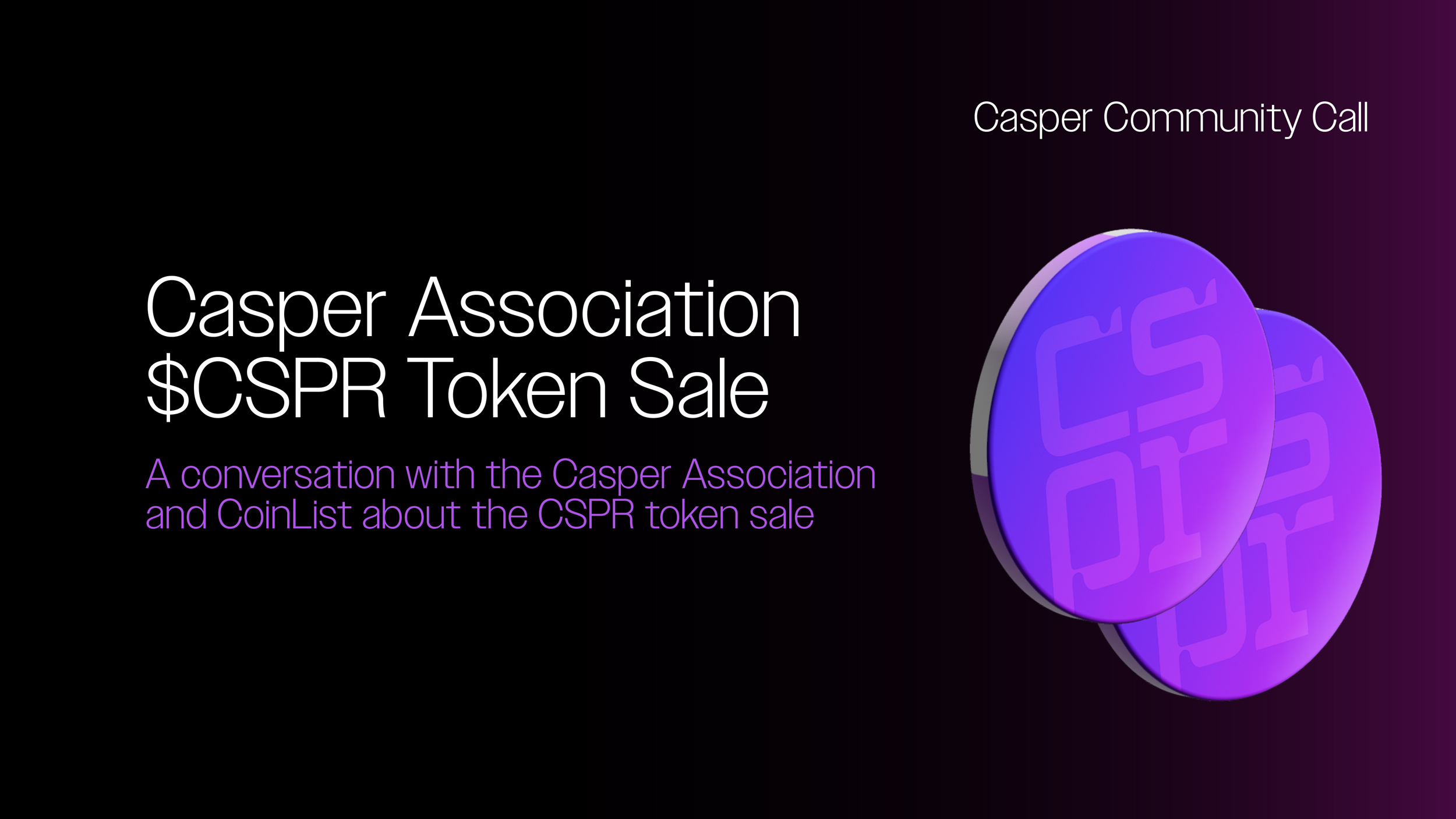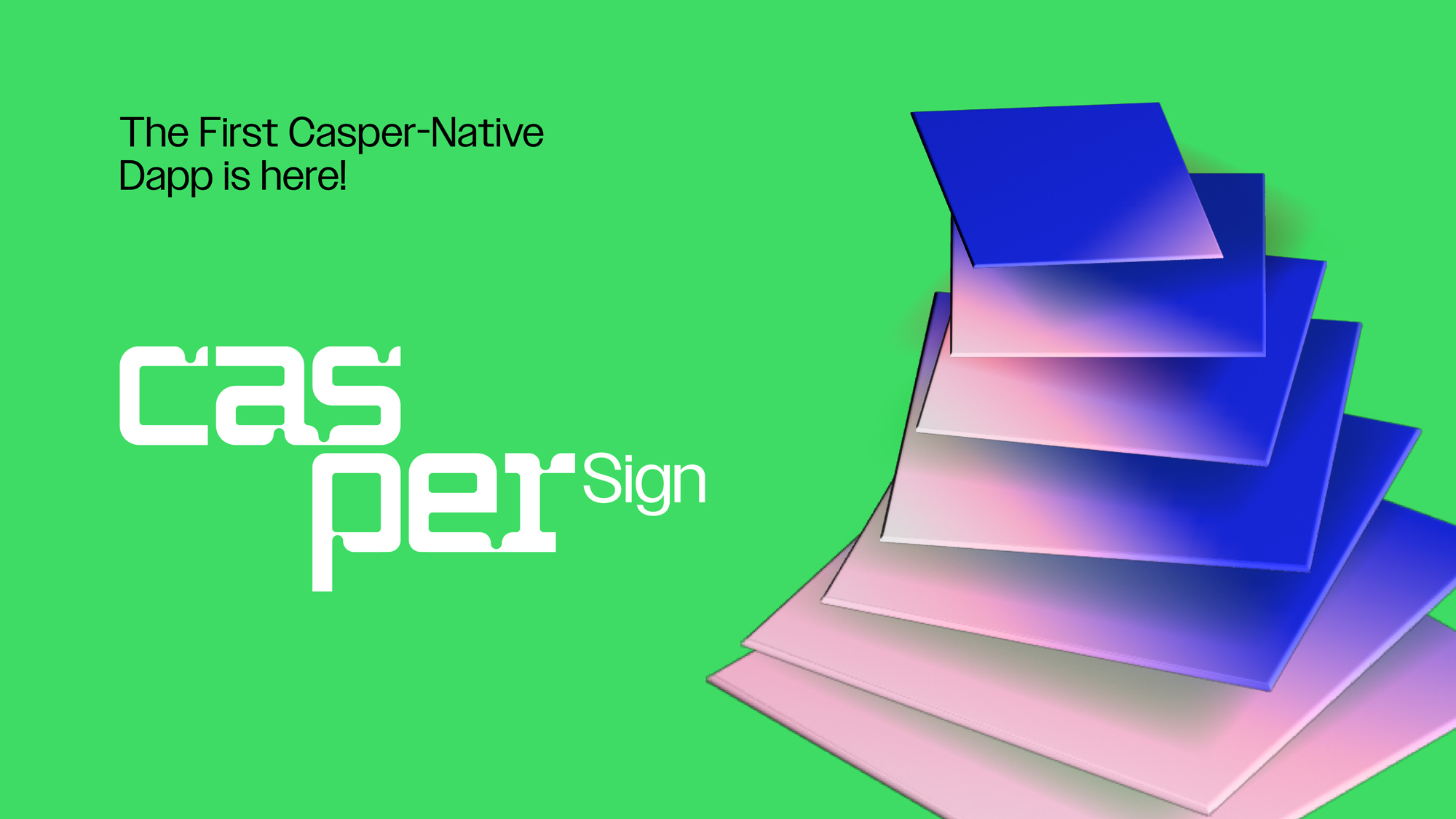Recent comments by SEC Chairman Gary Gensler, which focused on amending federal custody requirements to include digital assets, have generated a lot of attention and quick reactions in recent weeks.
Before we go any further, let’s begin by debunking the biggest misconception that some have taken from this: this is not the “end of crypto” – in fact, that notion couldn’t be farther from the truth.
This marks a milestone moment in the broader evolution of blockchain technology, which, while still in its infancy, is beginning to make real inroads among the groups which we have long believed will be among its most significant, long-term users: enterprise organizations and governments.
For as long as this industry has attracted mainstream attention, its true potential has long been hindered by a persistent question:
When and how will this space be regulated?
The case for regulation
It’s a critical factor that has to date tempered the efforts of many of the world’s largest organizations from meaningfully adopting blockchain technology as a viable means to drive better business outcomes. There is no better means for providing copy protection and proving digital certification – two areas that concern nearly every entity on the planet. But absent clear guidance from regulators, most organizations have opted for a tepid approach for the time being.
Chairman Gensler’s comments provide a clear and positive signal that regulators have recognized the long-term feasibility of this technology – and with it, the need to provide clearer guidance and appropriate protections for those building in this space.
To be clear, these comments did not represent a sweeping change to the way the majority of businesses and consumers interact with blockchain technology today, nor is it going to wipe away the many honest exchanges that play a critical role in making this ecosystem more accessible to the broader population.
What’s at stake here?
The primary focus of Chairman Gensler’s comments was around custody of customer’s crypto – specifically, who may and may not custody customer’s crypto including crypto that a customer transfers to a third-party for staking rewards (if you need a brief refresher on staking, this recent Coindesk primer does a great job of breaking it down). To reiterate: his comments did not concern custody as a whole, but rather third-party custody of digital assets that users wish to stake in a given network.
While staking programs have generated a growing amount of attention in recent months – due in no small part to last fall’s successful Ethereum merge – it’s not a new phenomenon. And just as is the case with digital assets in general, it’s important to remember the “not your keys, not your crypto” adage when it comes to staking – which is why many to date have opted to self-stake, without relying on a third party platform to hold their assets.
If you do hand over control to a third-party, you relinquish control of your assets and must trust that said third party will be a good (and liquid) actor and return them to you upon your request. This notion is anathema to the “trustless” ethos that has driven so much innovation and enthusiasm in the blockchain space to date.
Concerns have been further exacerbated by dishonest actors who haven’t acted in good faith with assets under their custody, which has exposed people to unnecessary risk and loss. Given this environment, it’s no surprise that regulators are stepping in. As is the case with any emerging technology, it’s important to understand the nuance of what’s being regulated to ensure that the right balance is struck between fostering innovation and protecting consumers.
Enter delegated proof-of-stake
There’s an alternative to either relying on third-party platforms to custody and stake your assets, or doing so yourself (a process that can quickly become prohibitively expensive and technologically complex for most): you can “delegate” your crypto to third parties validators for staking, without ever relinquishing your private keys or control of your assets.
The delegated proof-of-stake model is core to Casper’s design. It’s a much more user-friendly and accessible alternative to self-staking, wherein you’re able to delegate a chosen amount of assets to a third-party service without ever relinquishing your private key. This means that you’re simply locking tokens that you own for a time period of your choosing. A validator can vote on your behalf for as long as you choose to stake with them; you’re free to un-delegate (and hence un-stake) your crypto at any time.
At no point does control over your assets transfer from you to a validator: your assets can never be used for anything other than voting and validation while it’s staked with a chosen validator, which marks a stark contrast to the model in question by Chairman Gensler.
This is a model that we believe significantly enhances a network’s security and allows it to decentralize more quickly and efficiently. It also incentivizes greater participation from the network; it’s no surprise that the Casper network has among the highest rates of staking on the market today, less than two years after from its mainnet launch.
Why we stake
It’s important to maintain perspective on why the proof-of-stake model emerged as an alternative to the legacy proof-of-work model in the first place: it’s a significantly less energy-intensive and vastly more secure way to run a decentralized network. We’re confident that a balance can be struck between continuing to enable innovative work around proof-of-stake models while also providing the necessary protections to those who choose to stake their own assets.
As is the case with any emerging technology, education and transparency is the way forward. We look forward to being part of this conversation as regulators continue to strike this critical balance.


